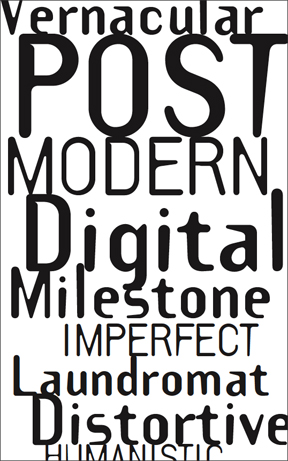One of the purest forms of typography: Lettering is the art of drawing letters to create a unique and customized typography image. This design challenges the creative artist to integrate imagination, typefaces and text by combining them into a fluid and very creative art. Creating this typographic art form grants the artist a great deal of “creative real estate” because it is done without the assistance of typical typography tools and it often requires diverse techniques to perform (free hand lettering, technical lettering and digital lettering.) Having the freedom to run and design typo by hand without any mold or pattern (paper or digitally) can be a very challenging task for any designer, but if done correctly, the artist can create amazing typography art.
For example: Nolen Strals’s Melt Banana

Another example: Sean McCabe

&

As you can see, lettering (Hand lettering) is a very creative and vibrant technique to design in this medium, it is also the basis for many digital typography art forms and typefaces. However, one (the designer) must be very talented in order to design quality and premium lettering art work.
I recommend checking out this web page of an awesome lettering artist: Sean Mcabe http://seanwes.com/category/lettering/























